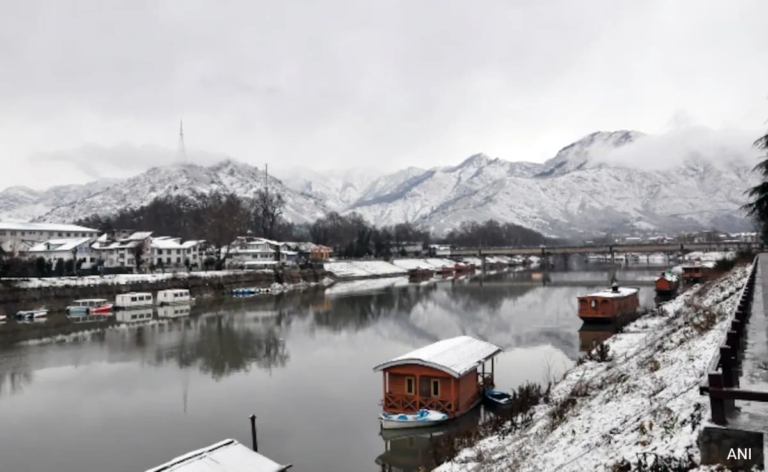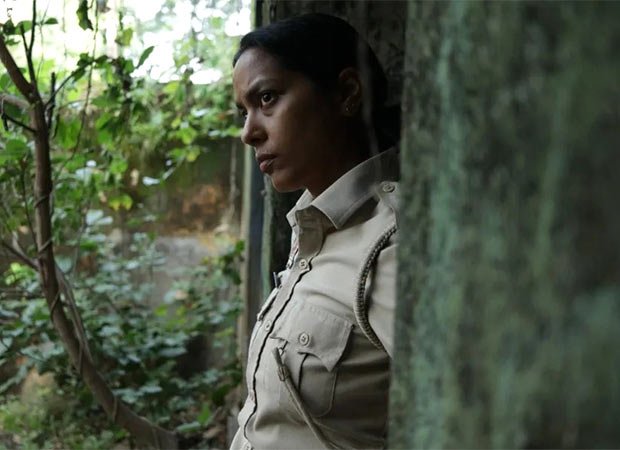

The focus on combating hybrid warfare is central to the army’s strategy.
New Delhi:
Self-reliance or ‘Aatmanirbharta’ in India’s defence industry is a vision of the government for the armed forces to combat future wars which have undergone hybridization with the emergence of new technology and multiple state/non-state actors.
Army Chief General Manoj Pande underpinned the need for self-reliance at the maiden NDTV Defence Summit and said, “Swadeshikaran (Indigenisation) se Sashakstikaran (empowerment) is a work in progress to be future ready.
The Army Chief highlighted the need for developing technology and weapons in the country in the present context when the geopolitical landscape is witnessing unprecedented changes and the indigenous defence industry is vital to enhance the war-fighting capabilities.
Using the ongoing Russia-Ukraine war as a reference, General Pande explained that the conflict has disrupted the supply chain of weapons and technology and nations would not transfer critical niche technology, which will result in the Indian Armed Forces staying behind. To pursue our aspirations, self-reliance is crucial and the sustenance of the existing technology is necessary too.
Army’s Vision
“We are working on 45 niche technologies and 120 indigenous projects which have implications for the military. The Indian Army’s vision is to transform into a modern, agile, adaptive, technology-enabled, future-ready force capable of deterring and winning wars in a multi-domain operational environment to protect our national interest,” General Pande said.
“All sectors have a crucial role to play. It is essential to develop core competencies and the focus should be on speed to produce military hardware, which is in line with the national vision and objectives: he said.
The future-ready army, which General Pande envisioned would be “agile, modern and work in synergy with other forces, will contribute meaningfully to the objectives of the rising India.”
Hybrid Warfare
The armed forces are faced with a quintessential dilemma created by the shift from a conventional state vs state warfare to a hybrid warfare between state vs state or state vs non-state actors.
Hybrid warfare, non-linear warfare or grey zone conflict refers to intense political, economic, information, and military operations just short of a conventional war, the efforts are ambiguous and it’s difficult to understand the extent to which it can take place. The tactics used are just below the threshold of a conventional war but can go on for a long period.
The focus on combating hybrid warfare is central to the army’s strategy to fight low-scale conflicts.
The Army Chief at the summit said, “Access to modern technologies is not limited to superpowers but non-state actors can access such technology. The asymmetry in conflict has increased the risk of a fallout with an increased propensity of risk-taking behaviour to initiate a low-threshold armed conflict.”
General Pande said, “Our legacy challenges of unsettled borders continue and newer threats in the spectrum of conflict have added complexity and the grey zone actions and aggressions from adversaries are manifesting across domains – Land, sea, and air.”





